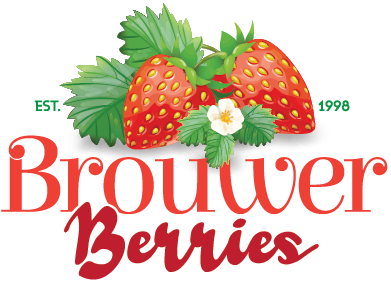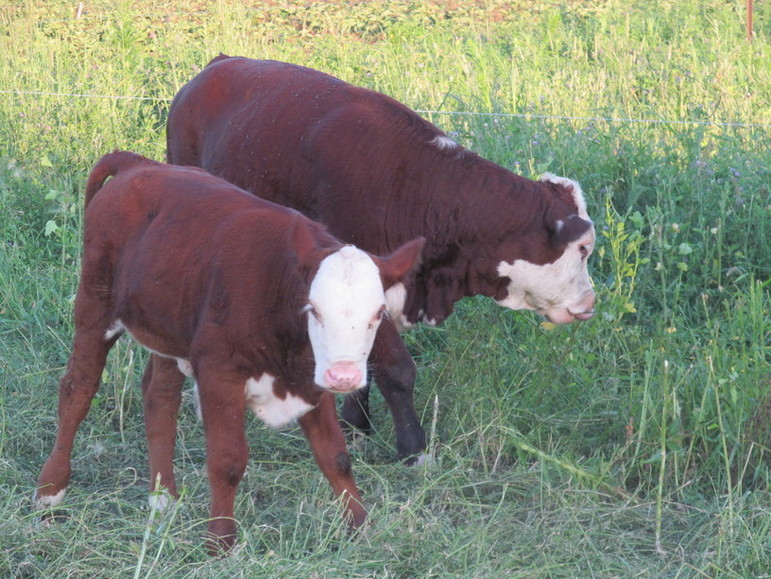Staring out at newly harvested corn fields, my daughter commented on all the dried up dirt. “It needs a cover crop,” she declared. “I think oats, or maybe winter wheat.”
She’s her dad’s shadow, working beside him at every opportunity as he planted a succession of cover crops on fallow soil. Each type of crop was allowed to grow for a while, and then it was either tilled or grazed.
The Sorghum Sudan was our favorite to watch, because it grew so quickly. It’s roots go as deeply down as the leaves grow up, injecting life into compacted soil. Amazingly, it is also killing weeds and destroying soil disease in a completely natural way.
Our Herefords had a chance to eat the tops off all our cover crops. With the field sectioned into tiny squares, every evening they were moved to a brand new bovine banquet. The Herefords are growing fat and happy, but more importantly, this technique, called mob grazing, naturally revitalizes the soil beneath their hooves.
Mmm…what cow wouldn’t want a piece of this tasty looking Tillage Radish and annual ryegrass?
If you took a ride on our strawberry express, you were part of the reason the soil in this section was so compacted. Amazingly, the radish is pushing down into the soil and breaking it up to reduce that compaction. If you look down the field, you’ll see exactly where the radish has to work the hardest to undue the damage from our wagon wheels. I love how the simple radish can heal the soil!
Do you see the beauty? On your left, radish and rye to reduce compaction. Top right, heading off into the mist, stretch rows of strawberry plants heading into winter dormancy. Bottom right, winter rye and sweet clover to prevent erosion and inject nutrients and biomass into soil destined to grow strawberries in 2018. Yes! This land won’t produce a cash crop again until 2018 — do you know any other farmer who only harvests once every 4 years on each acre?
Luscious, vigorous, and healthy, our baby strawberry plants have grown over the summer and rooted into the carefully prepared soil.
Like maple trees, strawberries begin to turn red as they head into winter dormancy. Soon, we’ll be able to tuck them in with a blanket of straw.
But until then, the cows will keep guard, wondering why they aren’t allowed to try out these particular dainty looking morsels.
Our strawberry expert has a saying, ““Fruit growing is not rocket science. There are more variables.” Thanks so much for taking the time to read through this and to take a peek into the complexities of soil management!

